Featured Image above is of the Silver Bridge licensed through 123rf.com
My friend’s gut hurt bad. Whatever the trouble was, Pete just knew he wouldn’t be able to climb the Bright Angel Trail up and out (nine miles long and 4,304 feet up) to seek medical help at the South Rim of Grand Canyon.
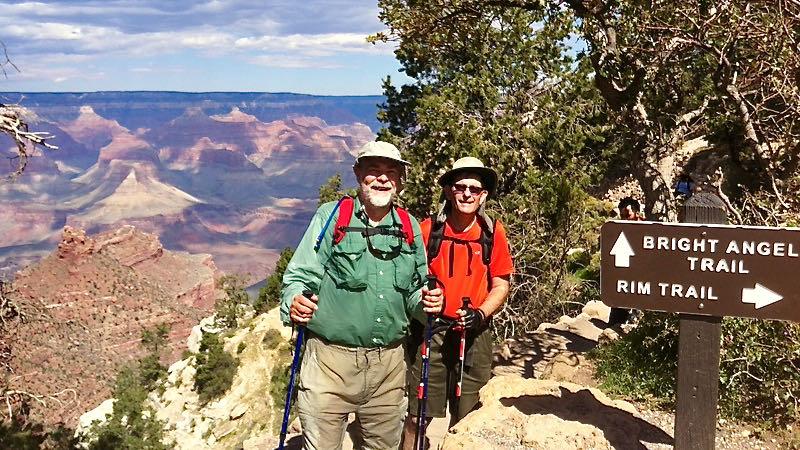
The day before and beneath an unrelenting sun, Pete and I had trekked another trail from the South Rim to the Colorado River and Phantom Ranch at the bottom of the Canyon. Held in place with heavy timbers creating a daunting and repetitive stair-step that hikers must endure, the seven-mile-long South Kaibab Trail descends almost one vertical mile into the earth.
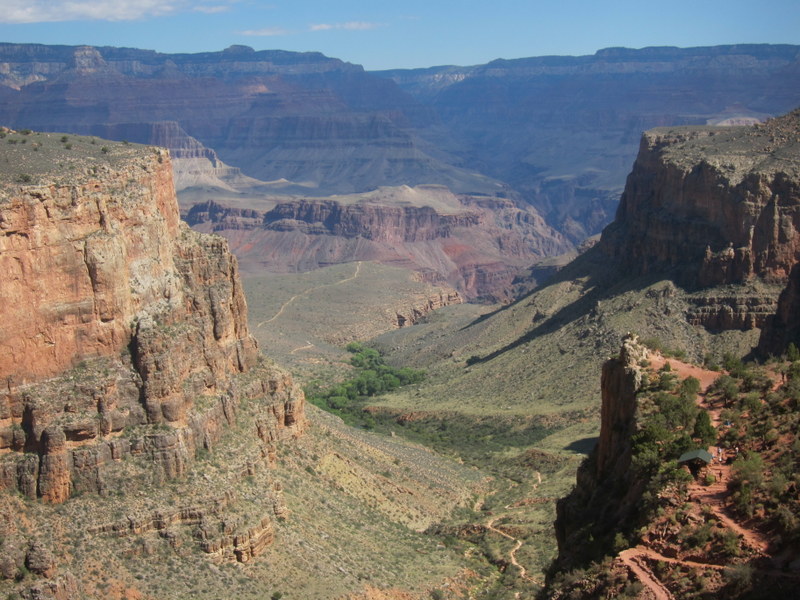
Arriving at the ranch, Pete complained of nausea, headache and exhaustion and made repeated trips to the latrine.
Sitting in the park ranger’s office, Pete answered questions like “How much water did you drink on the way down?” and “Did you wear a hat to shield against the sun?” Finally, the ranger (also an EMT) gave his diagnosis: “You’ve got heat exhaustion.”
“I’ll try to secure a bed in the ranch’s air-conditioned men’s dormitory—or you’ll need to immediately lay in Bright Angel Creek to cool down,” said the ranger. To our delight, the ranch had beds available.
STEAK AND PANCAKES
Later that evening, a steak dinner revived our spirits, dispelled Pete’s nausea and helped us get some sleep. But the night in the men’s dormitory did not keep Pete’s nausea from coming back. Walking to breakfast before sunrise, he became ill again and couldn’t eat. What would happen on our journey out of the Canyon via the Bright Angel Trail?
We cornered Brian, our waiter, who volunteered at the ranch so he could hike on his days off. “This morning, I feel just as bad as I did yesterday,” said Pete, explaining that his stomach was sore, and he was still nauseous. “What do you suggest?”
Brian looked intently at Pete. “Are your legs still good?” he asked.
“Yes,” replied Pete.
“Then take these and get on the trail,” the waiter advised, shoving two pancakes into Pete’s backpack and handing him a glass of orange juice. “You will walk out of here.”
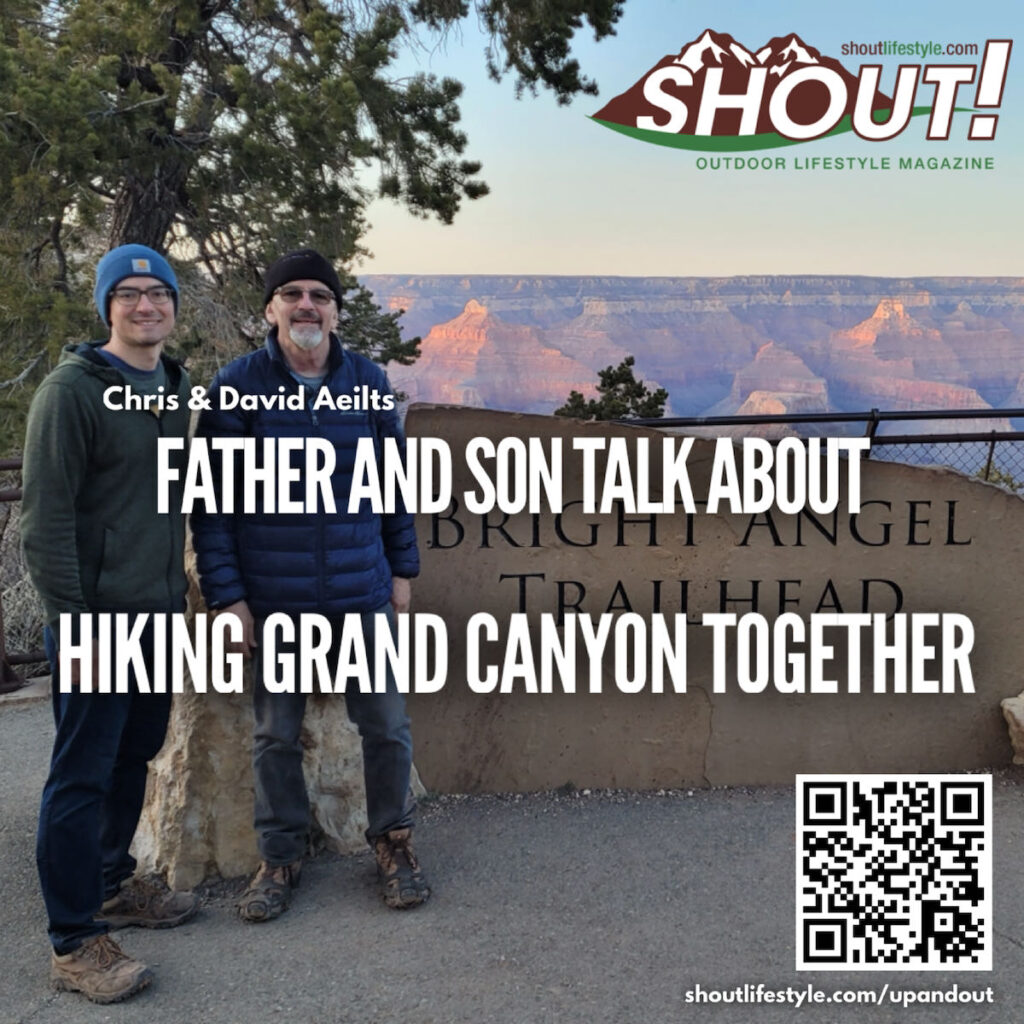
Listen to David and his son Chris recount a hike they did together with friends in the Grand Canyon.
We left the lodge as the sky began to lighten that late September morning. Stopping just short of the ranger’s office, now deserted, we bowed our heads in prayer. “We don’t know how we’ll do this, God. Please show us the way.”
We continued to the Colorado River and crossed the Silver Suspension Bridge—then walked along the river to where the Bright Angel Trail begins.
As we walked, the morning sun set fire to the cliffs above us. It was absolutely beautiful. Pete pulled out his phone and began taking photos. That is when I knew Pete would be all right.

THE ‘UP’ OF LOOKING UP AND OUT
The first thing Pete did, as he got on the trail at the bottom of the Grand Canyon, was to appeal to the God who created this extraordinary geological wonder. He followed the Old Testament’s prescription for deliverance.
Almost 3,000 years ago, Israel’s King David traveled to and from annual festivals at Jerusalem, which sat on a mountaintop—a place of safety. Perhaps, as he descended from these festivals, David nervously surveyed the hills surrounding the path from the holy city—hills populated by robbers who might pounce on him at any moment. In his writings, he looks back to Mt. Zion and asks, “If robbers do attack me, where will my help come from? Do I look back up to the safety and security of Jerusalem?”
“No,” King David concludes, “My help comes from the God who made heaven and earth!
It is common, in this age of advanced medicine, to seek an expert’s opinion. Depending on your location, that expert may be a doctor or an EMT or a hiker with experience. In doing so, we look to the highest authority available—the highest mountain—in search of a cure. Instead, the scriptures tell us to look for help from the creator of all things.
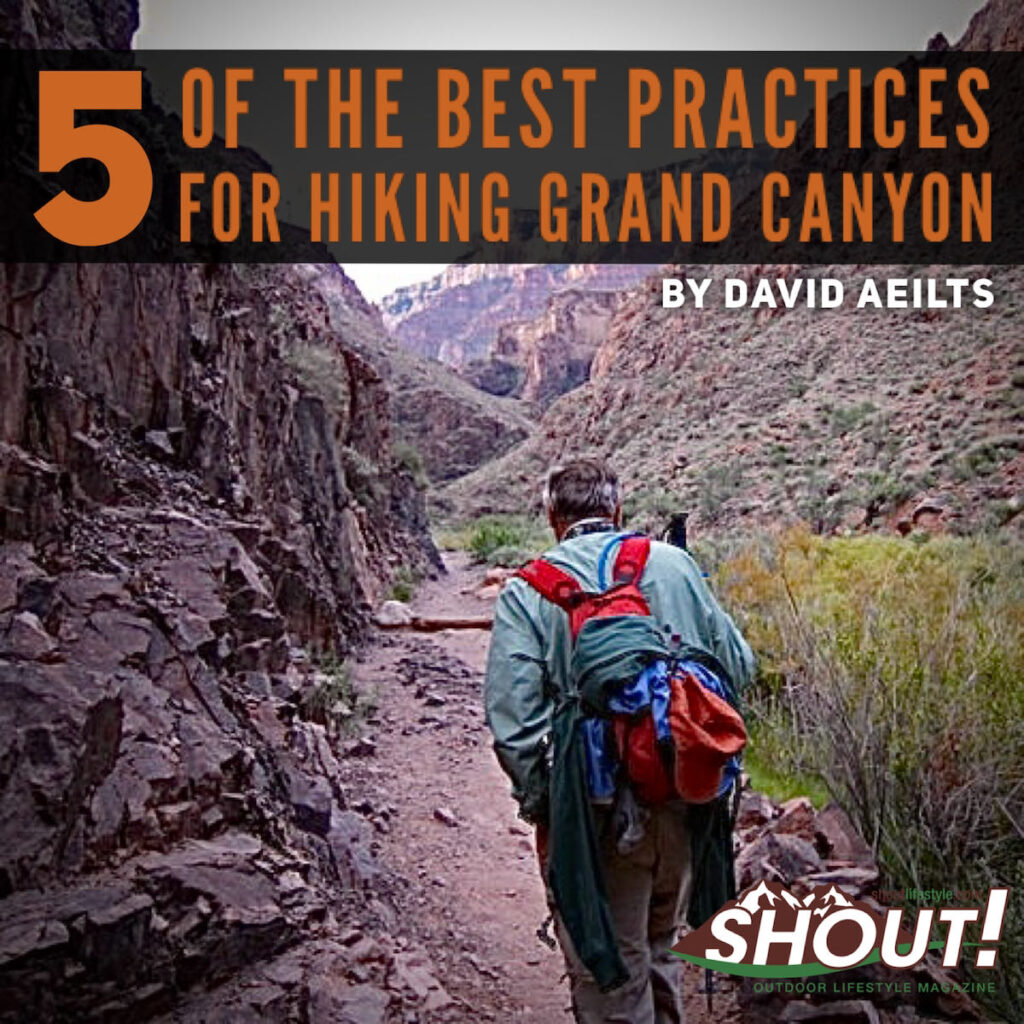
Tap the + beside each practice to expand.
1. Train before you go.
A true rim-to-river-to-rim adventure requires hiking eighteen trail miles. From the South Rim, you’ll descend 4,780 feet along eight miles on the South Kaibab Trail to the Colorado River and Phantom Ranch. That same day, you’ll climb 4,380 feet along ten miles on the Bright Angel Trail back to the South Rim. NOTE: Hiking North Rim to South Rim involves even greater distances and elevation changes.
Some train on ski slopes and take stairways instead of elevators. Others prefer elliptical machines at health clubs. But pre-hike training is mandatory to prevent your Canyon adventure from becoming a nightmare.
2. Pack right.
Carry a light daypack – preferably under 15 lbs. Essential items include:
- A 100 oz. water reservoir.
- Broken-in hiking shoes.
- A headlamp and hiking poles.
- A hat for shade.
- Trail food you’ve tried in training. Avoid bringing new foods on a hike, not knowing how your stomach will react.
3. Bring lamps and poles.
Whether descending a trail before sunrise or returning after dark, you’ll appreciate a headlamp to light your path.
Poles also come in handy, no matter what your age. Hiking after sundown, a friend stuck out a pole and touched nothing. He was about to walk off a cliff.
4. Drink plenty of water.
You cannot replenish the bodily fluids you will lose hiking the Canyon. The best you can do is manage the loss and avoid severe dehydration.
The exposed South Kaibab Trail offers no water stops. Drink your entire reservoir on the way down and half your reservoir between water stops on the way up back up. Be sure to check water availability for your hike up the trail.
5. Avoid hiking alone.
Grand Canyon’s corridor trails are generally well trafficked, but you may not see another soul early morning or late evening.
It’s best to tackle these trails in a group or at least with one other person who can summon help in case of illness, injury or other emergency.
I recently witnessed a hiker lifted off the South Kaibab by helicopter after suffering an allergy attack.
Read all 20 Best Practices in David Aeilts’ book YOU CAN Hike Grand Canyon
THE ‘OUT’ OF LOOKING UP AND OUT
The next thing my friend Pete did was to direct his attention beyond himself. He fixed his gaze not on his physical ailments but on the glorious scenery God had created.
By shifting his attention, Pete intentionally ignored what one New Testament writer calls “our light and momentary troubles.” Instead, he looked at the peaks dazzling with color in the morning sunlight. In so doing, he turned a corner from dark thoughts of “How am I ever going to get out of here?!” to thoughts of light and power, and he determined with the Apostle Paul that he could do everything and anything with the help of God’s son, Jesus Christ, who strengthens him.
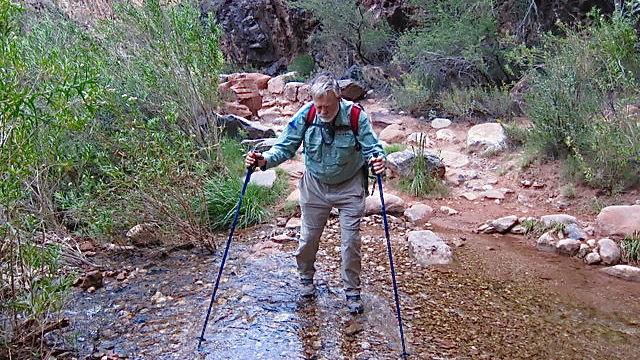
Looking up and looking out didn’t take away all Pete’s pain or his need to observe the good advice he had received. He still dipped his hat in every stream that crossed the Bright Angel Trail, as our EMT advised. He had to keep cool as the day warmed, so we hiked quickly through open areas that would prolong his exposure to the sun. As usual, the last miles of the Bright Angel Trail proved brutal due to the increased altitude and reduced oxygen for our gasping lungs.
But looking up and out gave Pete hope—and God honored that hope. At 2 p.m. we arrived at the Bright Angel Trailhead on the South Rim.
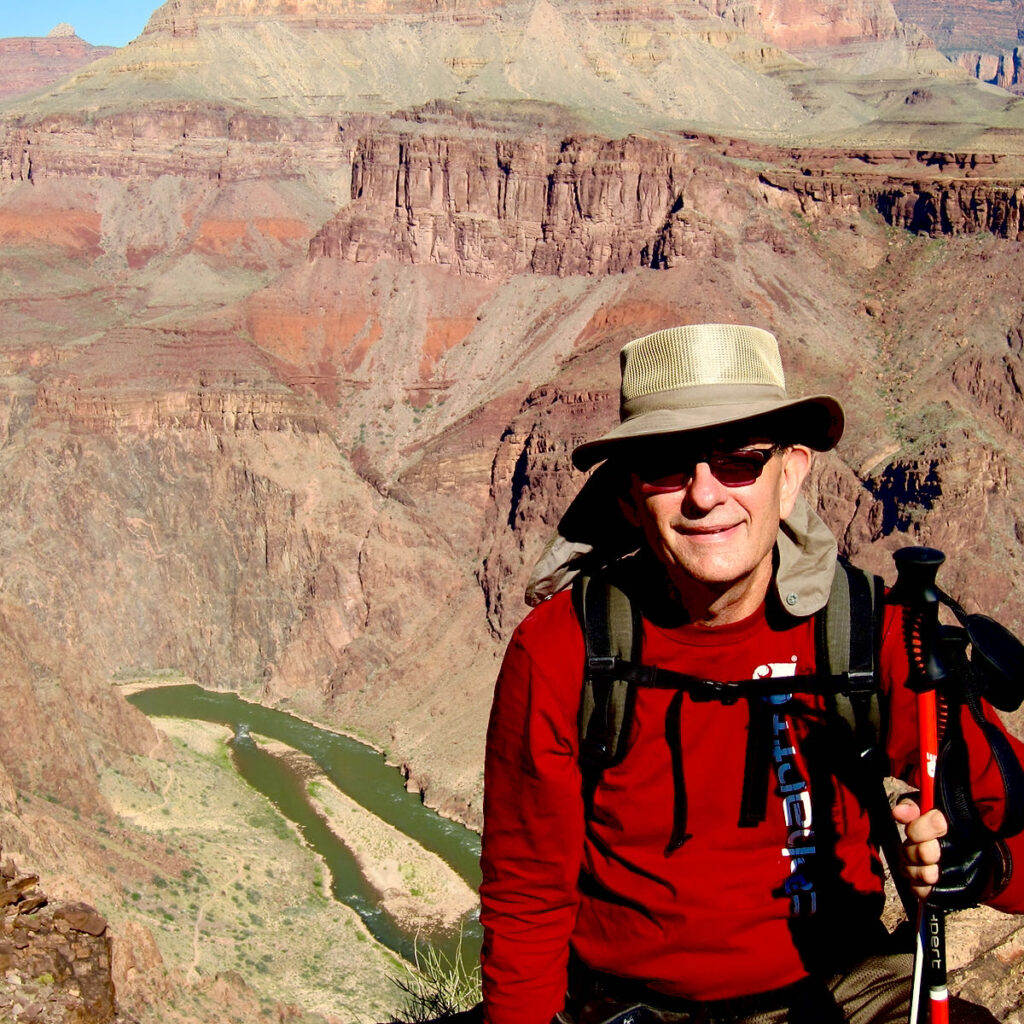
Maybe hiking Grand Canyon is something you always wanted to do but never got around to. Now you think it’s too late. Read my story and the tips I offer in this book for getting ready to hike this magnificent upside-down mountain. YOU CAN DO IT.
SHARE THIS STORY WITH OTHERS
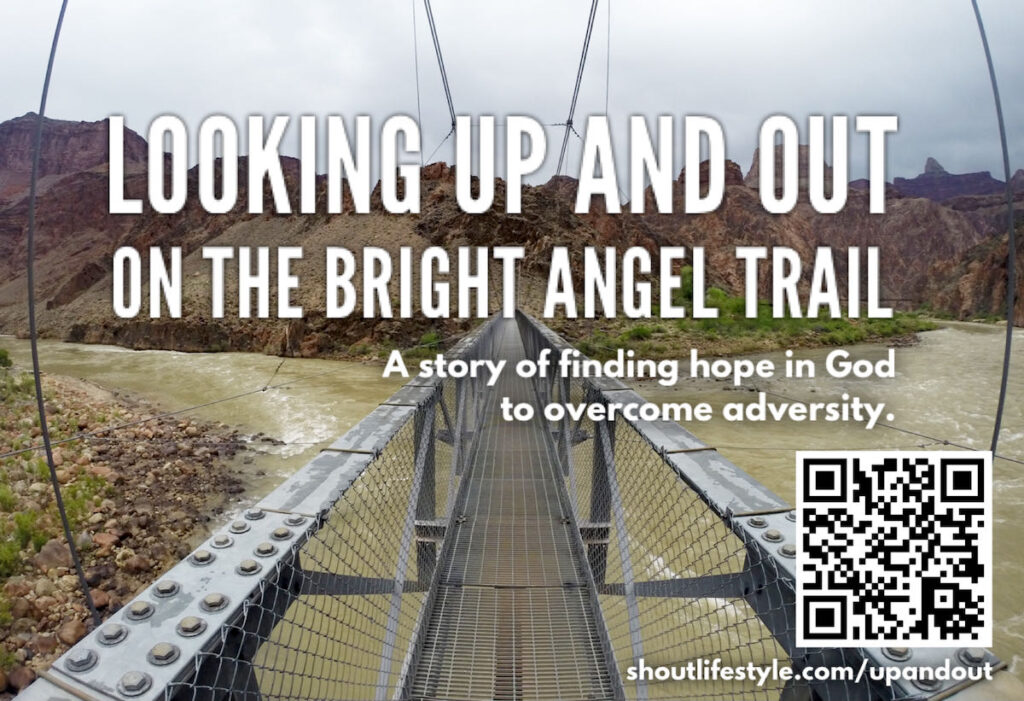

Save these graphics to your phone’s photos and post to your social media. Let others scan the QR code.
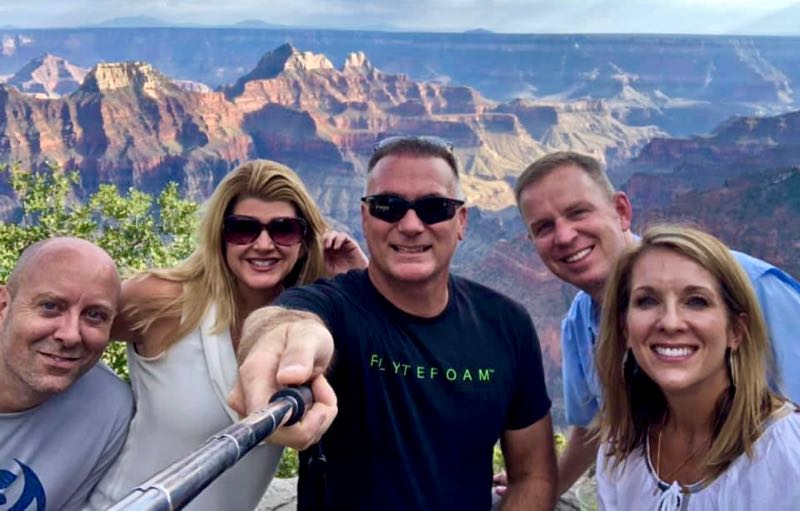

QUESTIONS FOR PERSONAL REFLECTION AND GROUP DISCUSSION:
WHAT’S NEXT? Perhaps you too have had experiences like Pete in this story. Reflect on a time when you were hurting, felt like you couldn’t go any further and were in need of an “expert opinion”. How did getting to the bottom of your ability – the end of YOUR determination actually become the place where God ultimately wanted you to be so that He could do a really good work in you? What Bible verses can you find that speak of God’s goodness and salvation in times of pain and desperation? Why do think we can easily get frustrated, fearful or anxious instead of putting our confidence in God?
WHAT’S NEXT! What was a time in your life when what seemed like the worst possible situation was transformed by God into an incredible outcome and time of spiritual growth? Describe how you feel when God amazes you with His grace and faithfulness. What is something you have come to see when you obeyed God and looked up and out


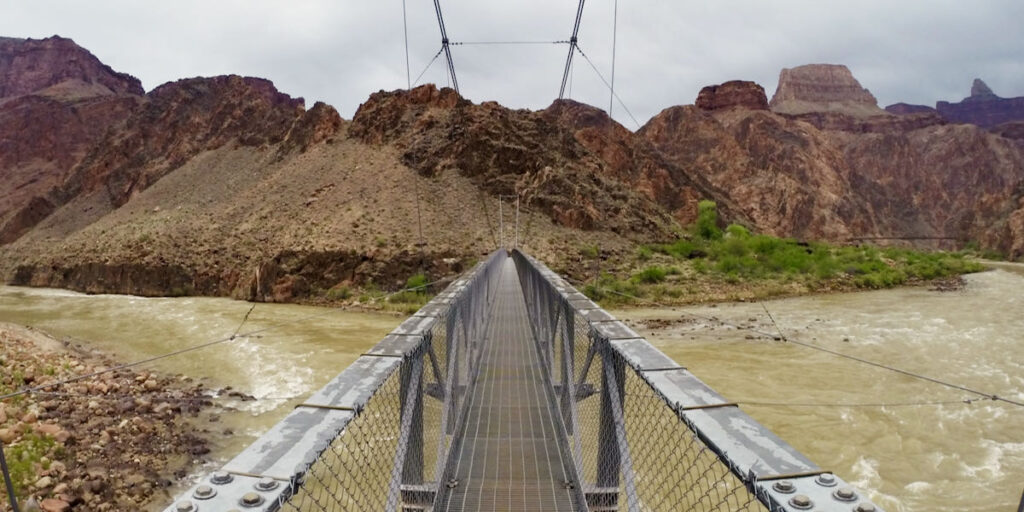

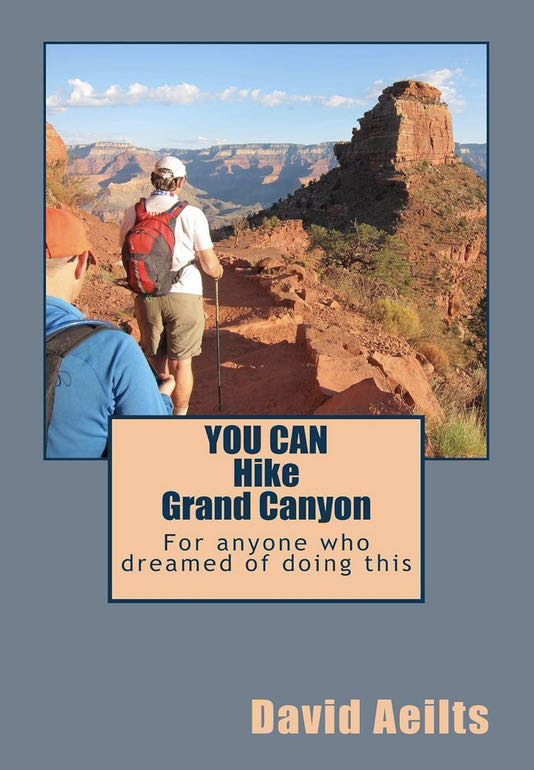

4 Responses
Focus on Gods promises and not our current circumstances to find the strength to endure the current situation.
Have an positive expectation that God is good and His blessing will continue to amaze beyond our ability to conceive !
Awesome story of how just when you think you are through, and when you can go no further. Your faith in God can give you the strength and abilities that you didn’t realize you had. You just need to ask Him for direction and the strength to continue on, to “Look up and out”.
The Grand Canyon is a wonderful example of God’s creation. It is a place of exquisite beauty along with great potential dangers. The sunrises and sunsets are absolutely amazing.
Dave,
What a wonderful story of your journey on the trail down and back! We felt like we were there with you.
We been there several times but only seen it from the top…in the middle of summer!!!
We also enjoyed how you wove in your thoughts from the Holy Bible…our favorite book!
I have been mulling over this great story for a couple of days, off and on. I have two responses. First it is too easily that I focus on myself, particularly in a health issue. But when I look for context, I see God’s providence everywhere, even in my adverse circumstances. Looking up I see His sovereignty shaped by His love and mercy. A poet once asked if the dark times in his life were just the shadow of God’s hand reaching down in save him—a great thought. Secondly, the setting of the story calls to mind the many places in the Psalms where God’s character is described in extremes of height and depth. So from the canyon rim I might think of His love and forgiveness reaching all the way to the bottom; from the bottom I might think of His righteousness (imputed to me!) and faithfulness reaching all the way to the top. Seeing the metaphor is more than imagining it. Some thoughts. And a verse from my reading yesterday in the Psalms:
Let Your lovingkindness, O Lord, be upon us,
According as we have hoped in You.
Psalm 33:22